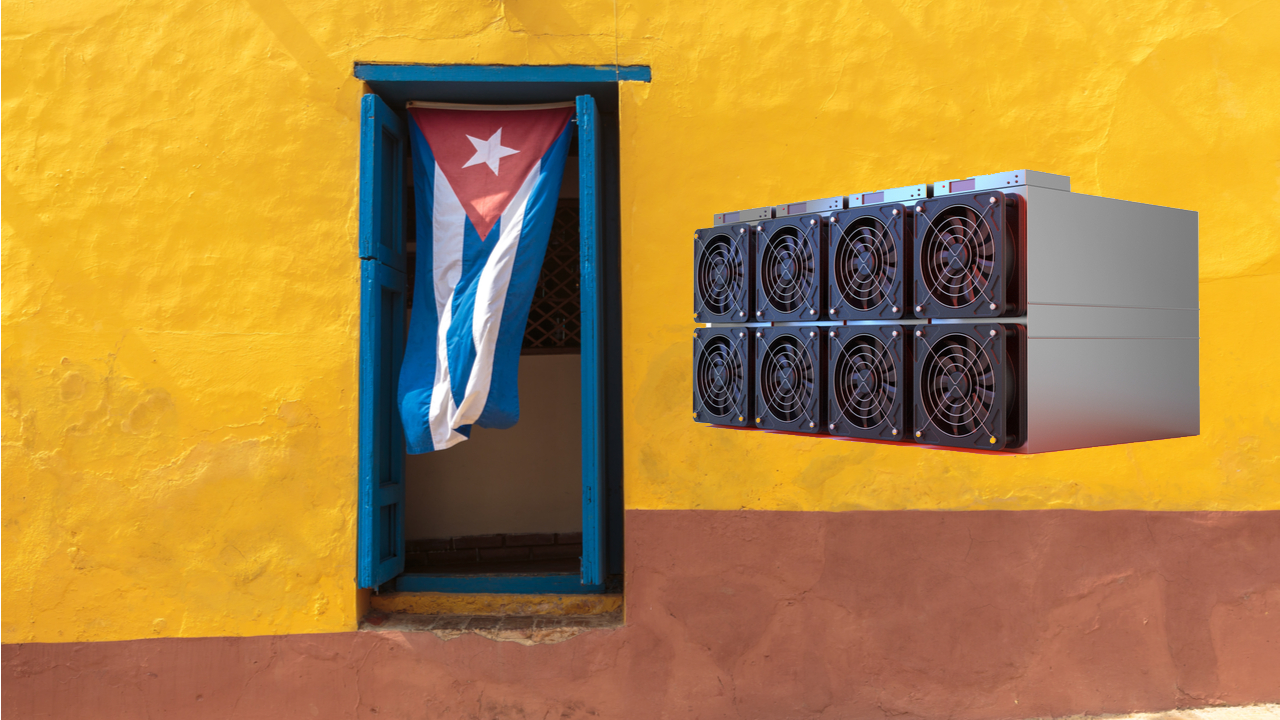Will the museums of the future just be giant NFT galleries?

Museums, individuals, and metaverse initiatives have used non-fungible tokens (NFTs) as a new means of reinventing themselves before their fans. The family of Frida Kahlo unveiled never-before-seen art and personal items of the artist at an exclusive event on the Decentraland metaverse platform for its Art Week in August.
In Belgium, the Royal Museum of Fine Arts Antwerp became the first European museum to tokenize a classical art masterpiece worth millions of euros. The Kharkiv Art Museum in Ukraine launched a new NFT collection with Binance to preserve their cultural heritage and raise funds amid the ongoing regional conflict.
But as everything becomes tokenized, questions arise. Will museums in the future just be giant NFT galleries where every work of art has a digital counterpart? How does ownership actually work in such a scenario?
Cointelegraph spoke with Hussein Hallak, founder and CEO of Momentable – a company that serves museums to help with NFT integration – to understand what an NFTized future looks like for the art world.
Related: NFT images are the funhouse mirror that high-end art deserves
While digital art native to the Web3 space finds its place in virtual museums, traditional art and museums take on a layer of Web3. Thus, Hallak believes it is “inevitable” for museums to eventually transform into giant NFT galleries.
“We think everything will be an NFT. Just like a serial number, there will be an NFT for every product.”
According to Hallak, it’s just a matter of the technology becoming easier to use in order to become ubiquitous. For now, he predicts that the most common use of NFTs by museums should be for the evidence and maintenance of objects in their collections, and secondly will be digital editions that are accessible to the public.
“NFTs are an integral technological innovation that museums cannot afford to ignore if they want to move into the future,” said Hallak, “but they must be part of a larger strategic modernization roadmap.”
When asked whether fractional ownership reduces the value of physical precious heirlooms owned by museums, Hallak said it’s a fair question, but the answer is no. Art is only becoming more accessible.
He related it to the increase in value of a private company that went public:
“Making art more accessible through fractional ownership or limited digital editions will most likely increase interest, increase appreciation of the art and the artist, and ultimately increase value.”
Ownership that comes with fractionation is the key to Web3. It is one of the defining characteristics that sets it apart from the internet known before.
Regarding museums and the art in NFT auction, is it real ownership if the art is still under some form of custody, or is it perceived as ownership?
Hallak perceives NFTs as a tool to support public art rather than a transfer of patronage.
“One more likely [NFT] the model finances a public display of artworks and objects by creating multiple digital versions.”
Over time, NFTs will increasingly become an opportunity for museums to leverage their collections and curatorial expertise in a digitized future, as seen with the aforementioned museum in Belgium.
A recent report valued the NFT market to be worth nearly $231 billion by 2030.

























